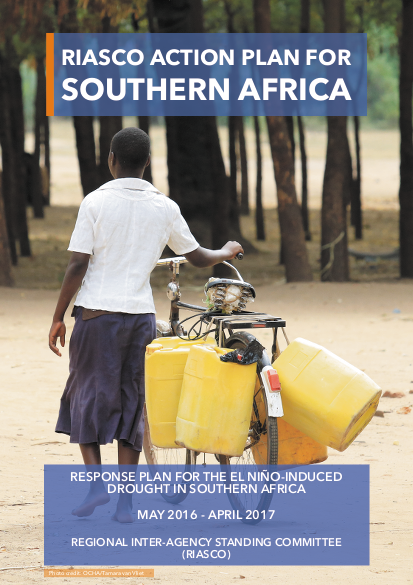
The El Niño climatic event has caused the worst drought in 35 years in Southern Africa. The drought has compounded existing vulnerabilities resulting in severe food shortages, particularly in Lesotho, Malawi, Swaziland and Zimbabwe.
An estimated 32 million people will be food insecure between June 2016 and March 2017 including some 18.6 million who will require urgent humanitarian assistance. These figures could change significantly.
The humanitarian impact extends beyond food insecurity; increased levels of malnutrition and difficulty in accessing water have been reported as well as higher school drop-out rates, increased incidence of communicable diseases, and rural to urban migration.
The humanitarian impact is compounded by communicable disease outbreaks, especially yellow fever, economic shocks as well as the risk of civil unrest and conflict, especially in those countries going to the polls.
While the current diminished harvest provides some temporary respite, the lean season will start earlier than normal, and at its peak 12.3 million people will require international humanitarian assistance, costing US$ 1.2 billion, of which 19 per cent has been contributed to date. An additional US $ 200 million is urgently needed to ensure timely procurement and avoid pipeline breaks.
There is an increasing probability of La Niña occurring toward the end of the year, and contingency plans need to incorporate the possibility of localized flooding as well as interventions enabling people to capitalize on potentially good rains.
This Action Plan combines immediate life-saving humanitarian action, with a range of practical options to address systemic issues necessary to avoid repeated shocks and build resilience.